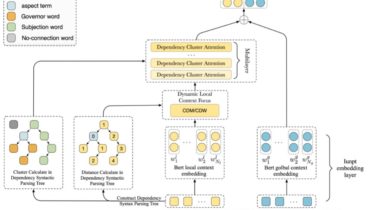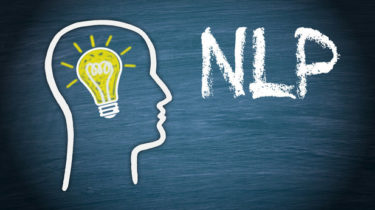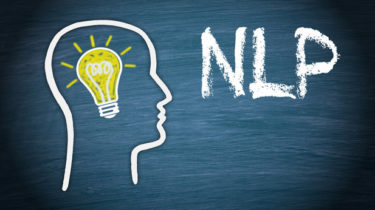A Network Shredder IDS for python
Network-Shredder Network-Shredder is a python based NIDS. Installation git clone https://github.com/v0lck3r/Network-Shredder.git cd Network-Shredder pip3 install -r requirements.txt Example usage python3 Network-Shredder.py -h Live mode python3 Network-Shredder.py rules.txt –interface tun0 Start web application python3 Network-Shredder.py rules.txt –interface tun0 –web Console quiet mode python3 Network-Shredder.py rules.txt –interface tun0 –web –quiet Specify log directory python3 Network-Shredder.py rules.txt –logdir /tmp/ –interface tun0 –web Pcap based detection python3 Network-Shredder.py rules.txt –pcap pcap_file.pcap GitHub https://github.com/v0lck3r/Network-Shredder
Read more







